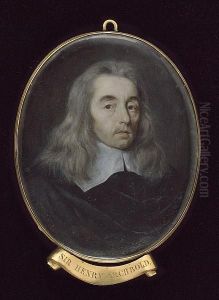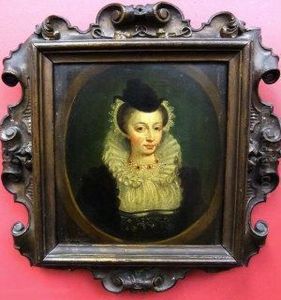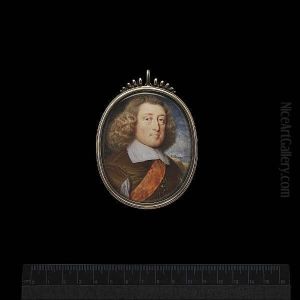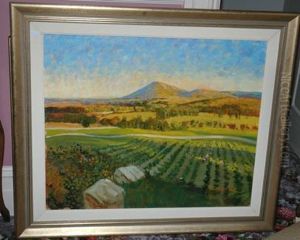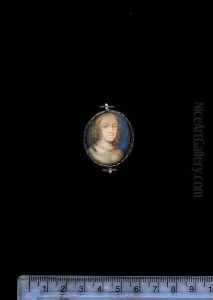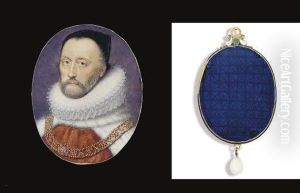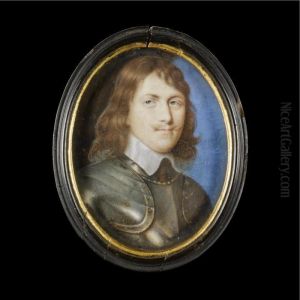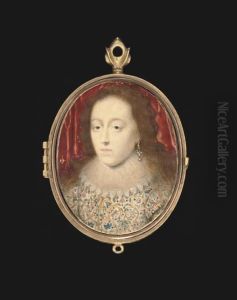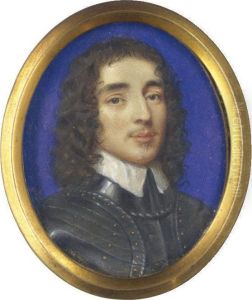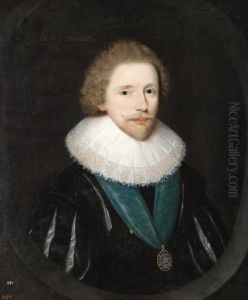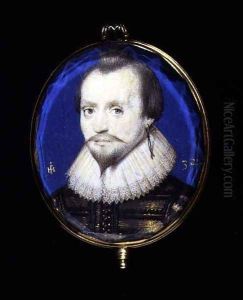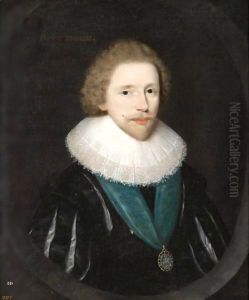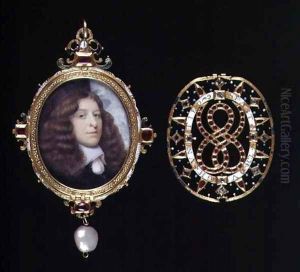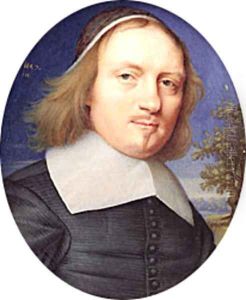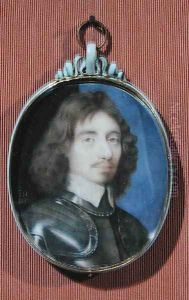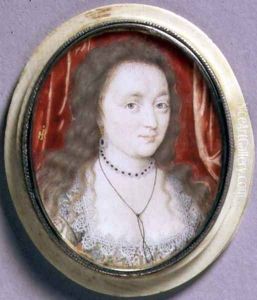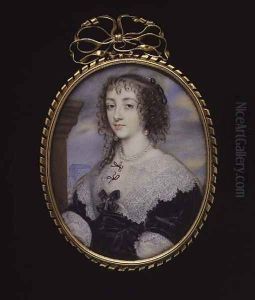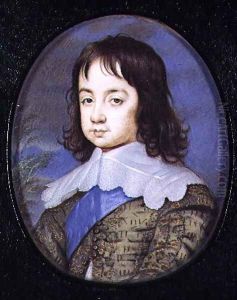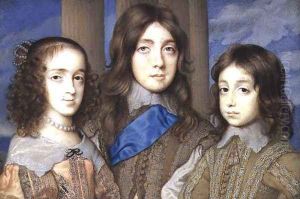John Hoskins Paintings
John Hoskins was an English miniature painter who is often credited with being one of the most important portrait miniaturists of the early 17th century. Born around 1590, Hoskins worked primarily in watercolors on vellum and was highly skilled in capturing the likeness and character of his sitters. His work is noted for its delicate handling, refined draughtsmanship, and the ability to convey the textures of fabrics and jewels with great subtlety.
Hoskins served an affluent clientele, including members of the English court and nobility. His work was in high demand, and he was known for his portraits of King Charles I and other notable figures of the time. Being a contemporary of other famous artists such as Nicholas Hilliard and later Samuel Cooper, Hoskins played a significant role in the transition of miniature painting from the Elizabethan to the Caroline style.
Despite his success, not much is known about Hoskins's training or early life. It is believed he may have been a pupil or follower of Isaac Oliver, another prominent English miniaturist. Hoskins's influence extended to his own family, with his nephew, Samuel Cooper, taking up the profession and becoming a renowned miniaturist himself, often regarded as one of the greatest in the history of the art form.
Although little documentation survives regarding Hoskins's personal life, his legacy lives on through his works, which can be found in various collections, including the Victoria and Albert Museum in London and the Metropolitan Museum of Art in New York. John Hoskins continued to paint until his death in either 1664 or 1665. His contributions helped to define the standards of miniature portraiture and set a high bar for the artists who followed.
